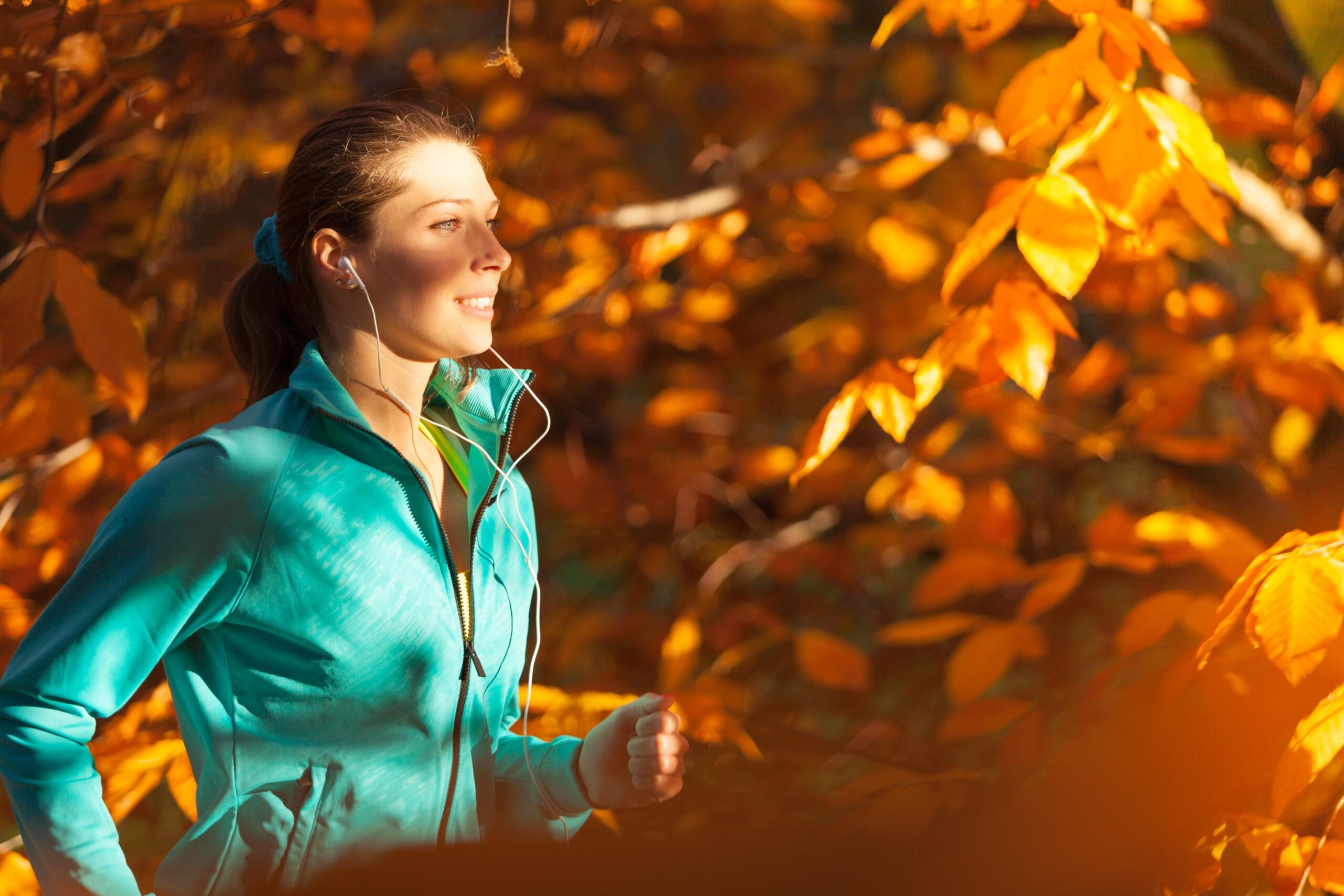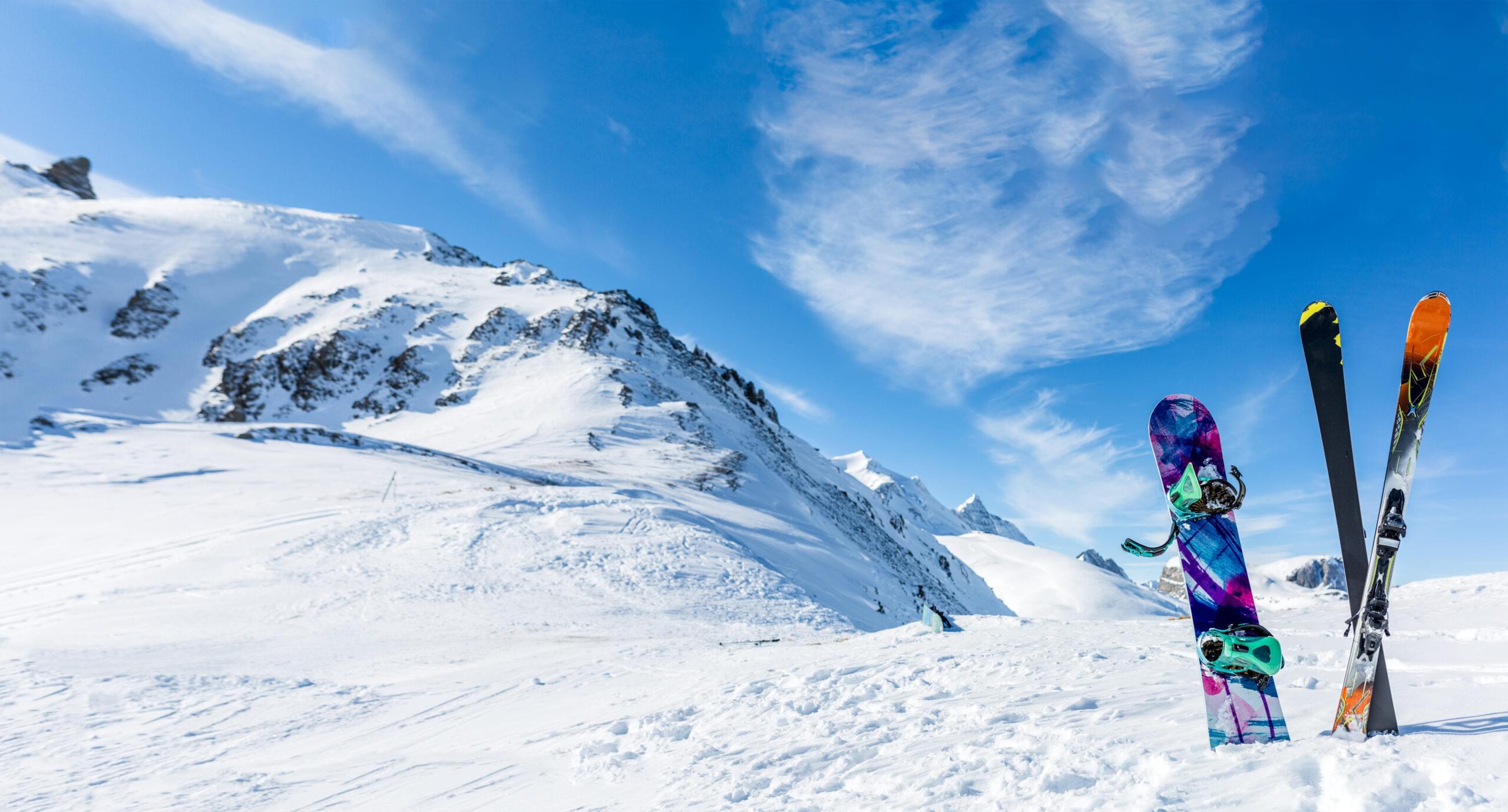The summer is over, the autumn sun is still shining.
The summer is over, the autumn sun is still shining. By now we are all back in our routines, most probably in an office in a big city. Ice-creams and beaches are a happy nostalgia. It’s the time of the year when you count the time remaining till next summer. It’s also the time of the year when you wonder where you stored these knits or sweatshirts during the passing spring. However, no matter how well you dress yourself I bet you already forget to wear the only thing that is seasonless. This is your sunscreen to protect you from UV radiation!
No wonder that we remember ourselves to wear sunscreen every day during summer. Except that in summer the sun is much hotter and the relevant sensation on our skin makes us feel the urge to protect ourselves, we are bombarded with numerous commercials on sunscreens. Wearing sunscreen is a constant reminder. But what happens when summer is over? All these factors that make us protect ourselves get quieter and we falsely believe that the need to protect our skin from the effects of the sun radiation is not that imminent.
The UV Index

The earth revolves around the Sun all year long. Therefore, it would be naïve to consider that during any time of the year the UV radiation is not reaching the earth surface and there is no need to protect our skin from the sun. It’s true that the quantity of UV reaching a certain place differs through seasons, latitudes, and time of the day. During winter, the sun is lower in the sky than during summer months. The length of the day is also shorter and, so, UV is less intense. But protection from UV radiation is not only about avoiding sunburn. Preventing photoaging (caused mainly by UVA) as well as skin cancer (for which both UVA and UVB are held liable).
Autumn sun - not to be underestimated.
You cannot see or feel UV, so you need to understand the importance of defending yourself against overexposure all year long. Both occasional and chronic UV exposure can be damaging; sunburn is the most harmful, but frequent non-burning exposures can also increase skin cancer risk. UV levels depend on several factors:
- Time of day: UV radiation level is higher between 10am and 4pm
- Season of the year: UV radiation level is highest in summer
- Latitude: the closer to the equator, the higher the UV radiation levels
- Altitude: the higher the altitude, the higher the UV radiation levels
- Cloud cover: clouds can scatter and reflect UV radiation, which means UV radiation level can be high even on a cloudy day
- Reflection off surfaces: surfaces like water, sand, snow, and pavement scatter and reflect UV radiation, leading to an increase in radiation level.
Photoaging is an inevitable process. People who spend a lot of time outdoors, and don’t use sunscreen, tend to develop symptoms earlier with more intensity. And who wants to renounce his/her favourite activities just because the summer ended? Whether a long walk or jogging on a sunny day, a weekend escape on a nice mountain village, biking or even water sports. Certainly not me! So, enjoy these lovely autumn days outside before it gets unbearably chilly — just don’t forget your sunscreen! And if you are not that an adventurous type, here is another reason to keep wearing sunscreen daily even after summer ended. Sunscreen helps prevent discolouration and dark spots from sun damage, helping you maintain a smoother and more even skin tone.
Related posts
New to Snowboarding? 5 Tips for beginners…
Are you new to snowboarding? Have you taken a few lessons or tried it anyway a couple of times and l
The answer is an emphatic “YES”
Should I wear sunscreen during winter? Should I wear sunscreen on a cloudy day? Should I wear sunscr





Leave a Comment